Photographs from the Collections of Fotomuseum Winterthur and Fotostiftung Schweiz, Switzerland
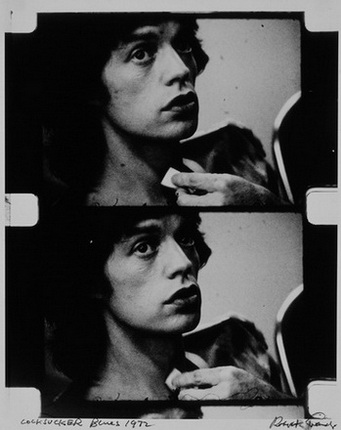
![Robert Frank.
Landsgemeinde [Cantonal Assembly], Hundwil 1949.
Vintage gelatin-silver print. 19,7 x 26,4 cm.
Collection Fotostiftung Schweiz, Gift from the artist](/upload/iblock/f84/f84ff125d1d2a404ba6dcfdfe8d5ed11.jpg)
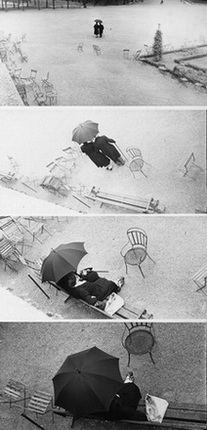
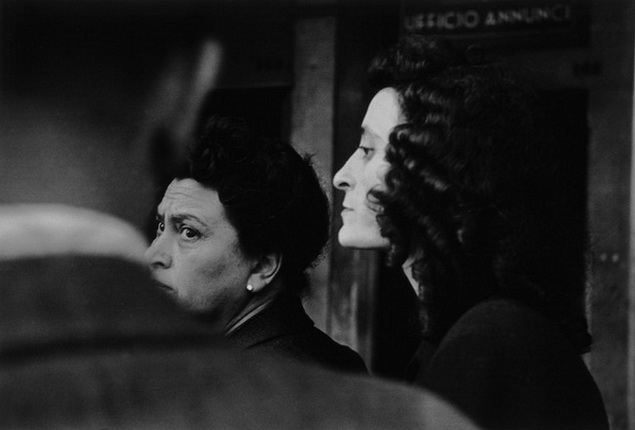
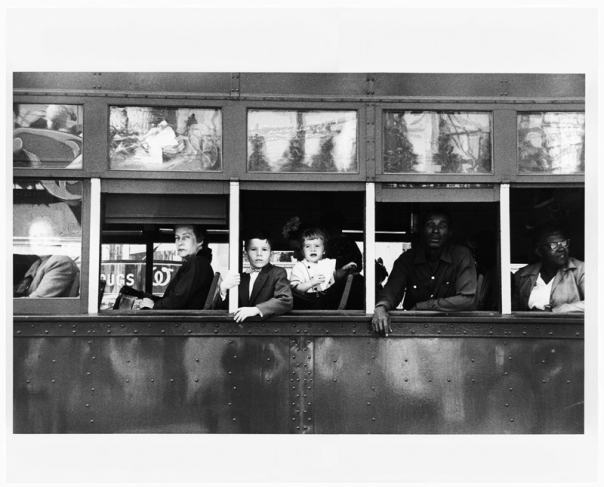
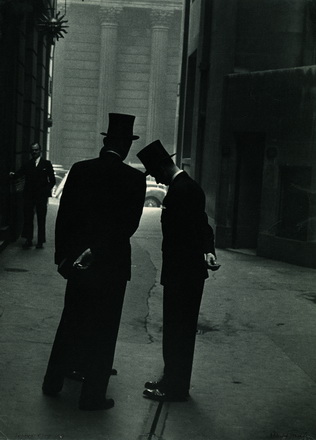
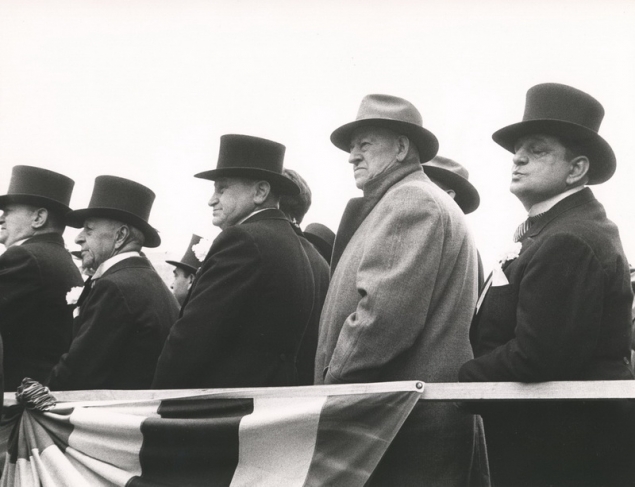

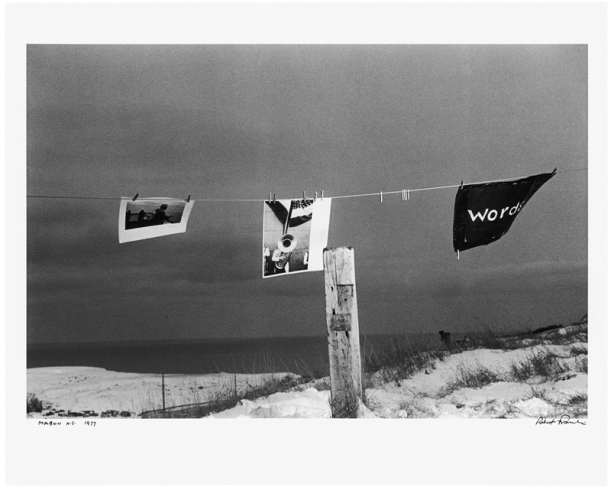
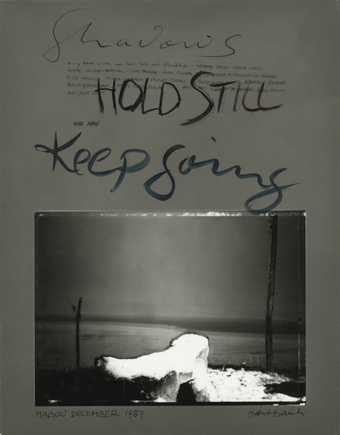
Robert Frank. Cocksucker Blues, 1972. Gelatin-silver print, printed ca. 1985. 35.,56 x 27,94 cm. Collection Fotomuseum Winterthur, Acquisition with financial support by Georg and Bertha Schwyzer-Winiker Stiftung
Robert Frank. Landsgemeinde [Cantonal Assembly], Hundwil 1949. Vintage gelatin-silver print. 19,7 x 26,4 cm. Collection Fotostiftung Schweiz, Gift from the artist
Robert Frank. Paris, 1950. Vintage gelatin-silver print. 35 x 17,1 cm. Property of the Swiss Confederation, Federal Office of Culture, Bern, on permanent loan at Fotostiftung Schweiz
Robert Frank. Profile, Venice, 1951 / c.1980. Vintage gelatin-silver print. 27,7 x 35,5 cm. Collection Fotomuseum Winterthur, Permanent loan from Volkart Stiftung
Robert Frank. Trolley, New Orleans, 1956. Vintage gelatin-silver print.30,6 x 48,5 Property of the Swiss Confederation, Federal Office of Culture, Bern, on permanent loan at Fotostiftung Schweiz
Robert Frank. London, 1951. Vintage gelatin-silver print. 35,3 x 25,5 cm. Collection Fotostiftung Schweiz, from the estate of Arnold Kübler
Robert Frank. City Fathers, Hoboken, New Jersey, 1955. Vintage gelatin-silver print. 24,7 x 33,7 cm. Property of the Swiss Confederation, Federal Office of Culture, Bern, on permanent loan at Fotostiftung Schweiz
Robert Frank. Sick of Good By's, Mabou, 1978. Vintage gelatin-silver print. 64,7 x 33 cm. Collection Fotomuseum Winterthur, gift from George Reinhart
Robert Frank. Words, Mabou, 1977. Vintage gelatin-silver print. 31,2 x 46,8 cm. Collection Fotostiftung Schweiz, Gift from the artist
Robert Frank. Hold Still – Keep Going, Mabou, 1987. Vintage gelatin-silver print. 35,4 x 27,7 cm. Collection Fotostiftung Schweiz, Gift from the artist
Moscow, 10.10.2012—25.11.2012
exhibition is over
Curator: Martin Gasser
One of the world’s most influential photographers, Robert Frank has continually questioned and re-invented the photographic image. Since the social observation of his early works, taken with a handheld camera, he has embraced film, video, Polaroids, photo-montage and digital prints.
For the press
Robert Frank was born in 1924 in Zurich, Switzerland, where he went to school and trained as a photographer during the war years. He emigrated to New York in 1947, but spent most of the next six years travelling in South America and Europe, taking photographs that recorded the everyday lives of the people he encountered. He also experimented with ways of sequencing his photographs, creating poetic or surprising juxtapositions within a series of images. After returning to the United States, he embarked on an epic road trip that resulted in his groundbreaking photo-book Les Américains (1958). In 1959, Frank started a second career as an independent film-maker, directing highly personal films and videos that often mixed fiction and reality. When he returned to photography in the early 1970s, he began to make complex photo-montages combining multiple prints with his own handwritten comments, complex works that became increasingly introspective and autobiographical.
Based on a portfolio he produced in Switzerland before moving to New York, Robert Frank was hired by Alexey Brodovitch, then art director at Harper’s Bazaar, as a fashion photographer. Even though this job allowed Frank a quick start in the American photography scene, he got disenchanted with it after only a few months. He quit and travelled during the second half of 1948 in Peru and Bolivia where he photographed extensively with his newly acquired small-format Leica. «I was making a kind of diary», he commented. «I was very free with the camera. I didn’t think of what would be the correct thing to do; I did what I felt good doing. I was like an action painter.»
In the following year he returned to Europe. In Hundwil (Switzerland) he took pictures at the «Landsgemeinde» (traditional open-air voting), a story he unsuccessfully tried to sell to Life magazine, and in Paris, where Frank made a series of photographs that show the significance of flowers in the life of the city. «I was drawn to the very ordinary life in the streets and parks of Paris. Paris was very romantic and I was very romantic», he has said. Anticipating the social observation of his later work, these images capture the embattled hopes and desires of the Parisians, still recovering from the experience of war and occupation.
In 1952 Frank produced the handmade book Black White and Things. Meant as a kind of summary of his recent work for Edward Steichen, the director of the photography department at the Museum of Modern Art in New York, the book includes 34 photographs, taken in the United States, Peru, France, Italy, Britain and Spain, and was arranged by Frank into the three categories «Black», «White» and «Things» mentioned in the title. Frank was already developing a unique approach to the sequencing of his photographs, drawing out visual patterns and resonances between each successive image.
In 1953, Frank returned to New York. He applied for a Guggenheim Fellowship, and submitted a proposal to travel across the United States with his handheld Leica camera, capturing an outsider’s vision of America and its people. Setting off in 1955, he spent more than two years on the project, much of that time on the road. Out of 28,000 photographs he took, he selected 83 to be published in his book Les Américains (Robert Delpire, Paris 1958) and republished as The Americans — now with a preface by Jack Kerouac — by Grove Press in New York in 1959. Although it was attacked by critics for its apparently casual compositions and disenchanted view of America, The Americans is now recognised as perhaps the most influential photography book of the last 20th century.
Before devoting his energies to film-making, Frank completed in 1958 a final series of photographs, taken from the window of a bus as it drove through the streets of New York. Each image is caught in passing, a chance arrangement of figures that appears for a moment in front of the camera before the bus moves on. They suggest Frank’s decision to abandon overall control of the image, putting himself at the mercy of circumstances. In many ways, these photographs anticipate the more free-form aesthetic of Frank’s films.
His first film was Pull My Daisy (1959), based on a play by Jack Kerouac, with a cast including the beat poets Gregory Corso, Allen Ginsberg and Peter Orlovsky. «I can say more in movie work and I can say it differently», Frank said and throughout the 1960s he put his creative photography aside and concentrated on film-making. Later films include Me and My Brother
In 1971, Frank moved to Mabou on the coast of Cape Breton Island in the north of Nova Scotia, Canada. Around the same time, he started to make still-photographs once again, often using a Polaroid camera. These works are concerned with the people, places and things in Frank’s own life. Frank frequently layered the images with text, which he inscribed by hand onto the Polaroid negative. He found that these works allowed him more freedom to «destroy that image, that perfect image» and «to make something that has more of the truth and not so much of art.»
The exhibition Robert Frank — Photographs from the Collections of Fotomuseum Winterthur and Fotostiftung Schweiz, curated by Martin Gasser, comprises approximately 120 vintage and later prints covering the major periods of Robert Frank’s career: photographs taken in Switzerland in the 1940s (including some of the «Landsgemeinde» of 1949), pictures from Peru (1948), a series of prints produced for Black White and Things (Paris, Spain, Italy, England/Wales), photographs taken in New York after Frank’s arrival, an comprehensive series from The Americans, photographs taken in the US in the late 1950s (Coney Island and others), film stills and contact sheets (from Pull my Daisy, 1959, Conversations in Vermont, 1969, and others), as well as an extensive series of large-format Polaroids. This survey exhibition, the only one available in Europe, will be accompanied by a film program organised by the Multimedia Art Museum, Moscow in cooperation with The Museum of fine Arts, Houston.














